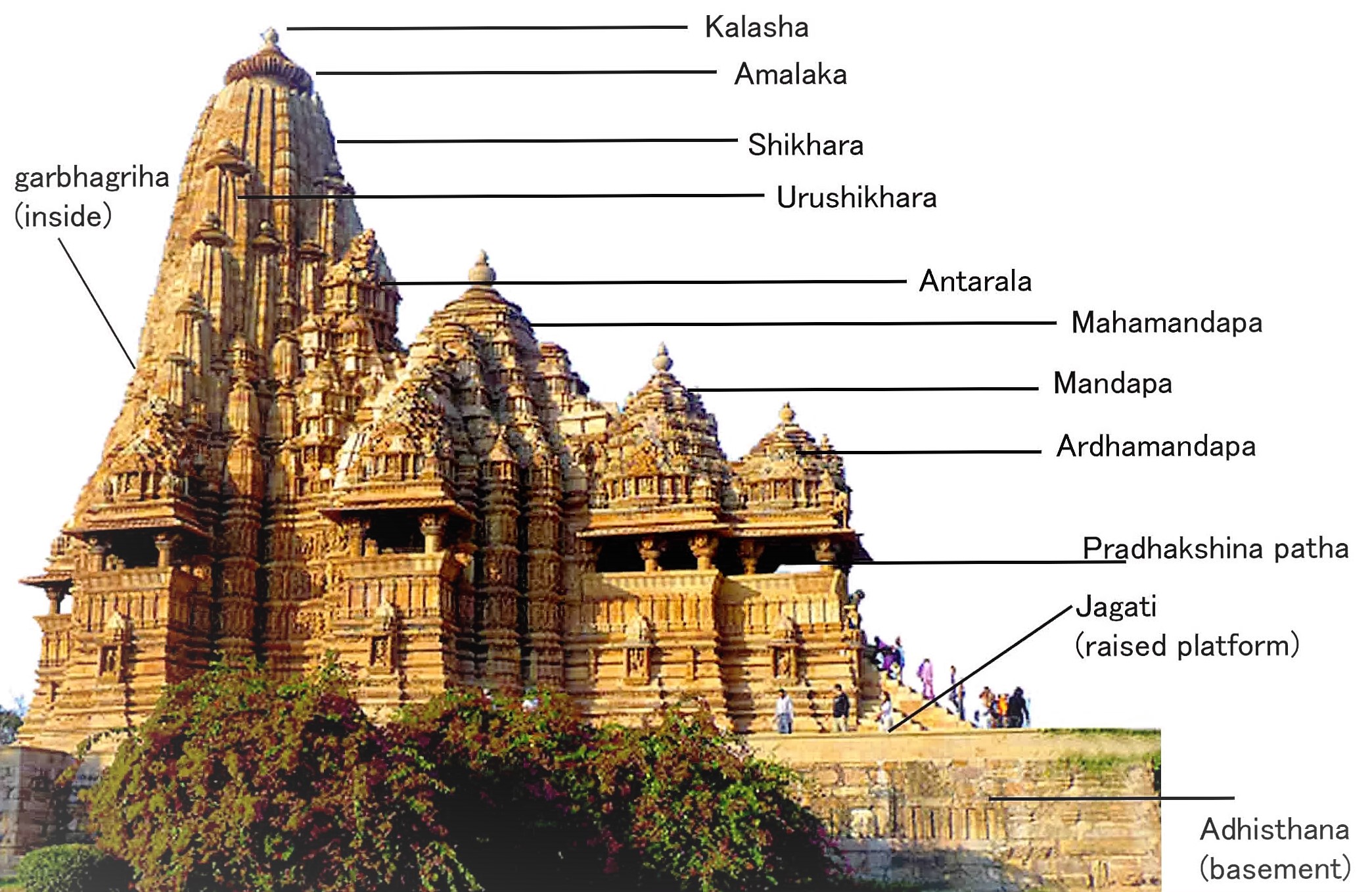What Is The Significance Of Architectural Symbolism In Religious Structures?

Religious buildings serve as some of the most iconic and awe-inspiring architectural structures globally, steeped in history and religious traditions that go back centuries. By their very essence, religious architectural styles are transcendent and often evoke a sense of spirituality and wonder regardless of religious affiliation. Here are some insights into the various religious architectural styles from across the world, their unique characteristics, cultural significance, and evolution over time.
Romanesque Style
The Romanesque style of architecture emerged in Europe between the 9th and the 12th centuries and symbolized a significant shift from the earlier, simpler Byzantine style that was popular until then. This style is characterized by rounded arches, pillars, arcades, and barrel vault ceilings.
The Romanesque style reflects religious zeal and grandeur, and it drew inspiration from the Roman architectural style, which is characterized by its heavy masonry and solidity. The style is also known for its intricate sculptural detailing, decorative artwork, and ornamental designs.
Early Gothic Style
The Gothic style emerged in Europe during the 12th century and evolved from the Romanesque style. Gothic architecture is known for its elaborate and intricate designs, pointed arches, ribbed vaults, and flying buttresses.
The Gothic style reflected the cultural shift that was happening during that period, where a renewed focus on aesthetics, art, and architecture emerged. The style also served as a medium for the expression of religious ideals, and its buildings were characterized by their vastness and grandeur.
Baroque Style
The Baroque style emerged in Europe during the 17th century, and it was characterized by its ornate and decorative designs that were intended to evoke a sense of grandeur and drama. This style is known for its flamboyant curves, theatricality, and over-the-top opulence.
Baroque architecture was closely associated with Catholicism during this period, and the style was often used to showcase the power of the Catholic Church. Many of the most famous Baroque buildings incorporate sculptures, frescoes, and intricate paintings, which add to the overall sense of grandeur and opulence.
Neoclassical Style
Neoclassical architecture emerged in Europe during the 18th century and was heavily influenced by the classical architectural styles of Ancient Greece and Rome. This style is characterized by its symmetrical lines, clean and simple designs, and use of white marble.
The Neoclassical style reflected a renewed interest in the classical world during this period, and its buildings were often used to symbolize the grandeur and power of the state or monarchy. The style emphasized the use of precise and balanced designs, often featuring tall columns, domes, and pediments.
Modernism Style
The Modernism style emerged in the early 20th century and represented a significant departure from the traditional architectural styles that had dominated architectural design until then. This style is characterized by its use of modern materials such as steel, glass, and concrete, and its rejection of ornamentation and excessive decoration.
The Modernism style reflected the growing influence of technology and industry on architectural design, and its buildings were often used to showcase the possibilities of new materials and construction techniques. The style also emphasized functionality and simplicity in design, often featuring clean lines and geometric shapes.
Conclusion
Religious architectural styles have played a vital role in shaping the world's cultural heritage, and these styles continue to inspire awe and wonder even today. Whether it is the grandeur of Gothic cathedrals or the simplicity of Neoclassical buildings, each style reflects a unique perspective on architecture and design.
FAQ:
What is the significance of religious architectural styles?
Religious architectural styles have played a significant role in shaping the world's cultural heritage and continue to inspire awe and wonder even today. These styles reflect unique perspectives on architecture and design and provide insight into the religious traditions, cultural practices, and social values of their time.
What are some of the most famous religious buildings in the world?
Some of the most famous religious buildings in the world include the Notre-Dame cathedral in Paris, St. Peter's Basilica in Rome, the Hagia Sophia in Istanbul, and the Taj Mahal in India. Each of these buildings represents a unique architectural style and holds significant cultural and religious importance.
How has technology influenced religious architecture?
Technology has had a significant impact on religious architecture, particularly in the modern era. The use of modern materials such as steel, glass, and concrete has allowed architects to push the boundaries of traditional architectural styles and create innovative and unique designs. Additionally, technology has enabled architects to design buildings that incorporate sustainability and energy efficiency, allowing religious institutions to reduce their environmental impact.
What is the role of religious architecture in shaping cultural identity?
Religious architecture has played a critical role in shaping cultural identity by providing a physical representation of a community's religious beliefs and practices. These buildings serve as a source of pride and identity for many communities and play an essential role in promoting cultural heritage and values.
How has religious architecture evolved over time?
Religious architecture has evolved significantly over time, reflecting changes in religious and cultural practices, as well as advances in technology and construction techniques. From the simplicity of the Romanesque style to the flamboyance of the Baroque, each architectural style represents a unique perspective on design and reflects the cultural, social, and religious values of its time.
What is the future of religious architecture?
The future of religious architecture is likely to continue to evolve as architects incorporate new technologies and construction techniques. Additionally, as society becomes more environmentally conscious, we may see more religious buildings incorporate sustainability and energy efficiency into their designs. However, the fundamental importance of religious architecture in shaping cultural identity and religious practices is likely to remain unchanged.




Post a Comment for "What Is The Significance Of Architectural Symbolism In Religious Structures?"